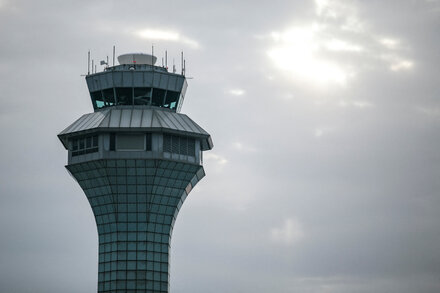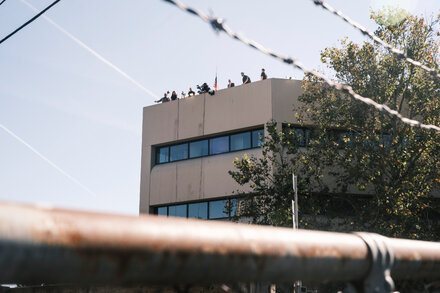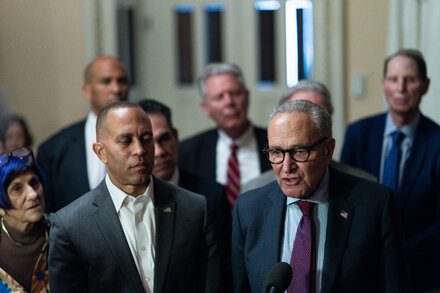Travelers across the nation faced a second consecutive day of widespread disruptions. Air traffic control staffing shortages continued to impact airline operations, leading to numerous delays and cancellations.

Travelers across the nation faced a second consecutive day of widespread disruptions as air traffic control staffing shortages continued to impact airline operations, leading to numerous delays and cancellations.
Major airports reported significant backlogs and longer-than-usual wait times on Tuesday, echoing the challenges experienced on Monday. The Federal Aviation Administration (FAA) acknowledged the ongoing issues, citing insufficient air traffic controller numbers as a primary factor contributing to the operational strains.
The shortages are reportedly a result of a confluence of factors, including a wave of retirements, slow recruitment processes, and backlogs in the training pipeline. Critics point to years of underfunding and a lack of consistent federal support for the nation’s air traffic control system as root causes.
“We are experiencing a critical moment for our air traffic system,” stated an FAA spokesperson, who asked not to be named due to ongoing internal discussions. “Our controllers are working diligently to manage the traffic safely under challenging circumstances, but the current staffing levels are simply not adequate to meet demand without significant operational adjustments, which unfortunately translate to delays for passengers.”
Impact on Travelers and Airlines
Airlines have been forced to adjust schedules on the fly, with some preemptively canceling flights to avoid further congestion. Passengers have reported being stranded for hours, missing connections, and facing unexpected overnight stays. The economic impact on airlines, which are already navigating a complex operational landscape, is also a growing concern.
“This situation is incredibly frustrating for our passengers and our crews,” said a representative from a major carrier. “We’re doing everything we can to re-route and re-accommodate, but the fundamental issue of insufficient air traffic control capacity is beyond our direct control and puts immense pressure on the entire system.”
The disruptions come at a particularly sensitive time for the aviation industry, which has seen a resurgence in travel demand. The current staffing crisis threatens to undermine recovery efforts and erode public confidence in the reliability of air travel.
Addressing the Shortfall
Lawmakers and industry stakeholders are calling for urgent action to address the long-term staffing crisis. Proposals range from increasing funding for FAA hiring and training programs to modernizing air traffic control technology that could potentially alleviate some of the manual workload. The long lead time required to train a new air traffic controller, typically several years, means that immediate solutions are scarce, and the problem is expected to persist for the foreseeable future.
As the situation unfolds, travelers are advised to check their flight status regularly and anticipate potential disruptions. Authorities continue to work with airlines to mitigate the impact, but the underlying staffing issues present a significant challenge that will require sustained effort and investment to overcome.
Source: Read the original article here.





